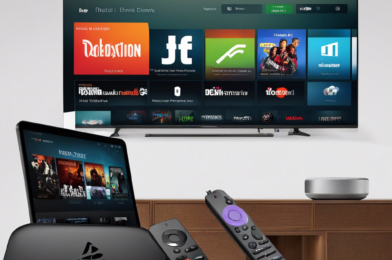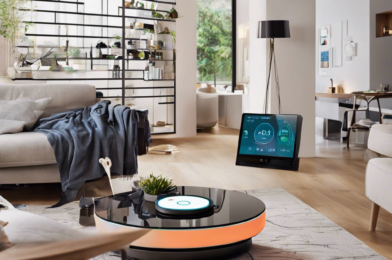The world of wearable technology has exploded in recent years, with fitness trackers becoming increasingly popular. These devices offer an easy and stylish way to monitor your health and fitness, but with so many options on the market, it can be tricky to decide which one is right for you. To help you navigate this bustling market, we’ve put together a guide outlining the key features to consider when choosing a fitness tracker and highlighting some of the most popular devices on the market today.
First and foremost, you’ll want to think about what type of activity tracking you need. Are you primarily interested in step counting and distance tracking, or do you also want features like heart rate monitoring and sleep tracking? If you’re an avid swimmer or triathlete, you’ll also want to ensure your tracker is waterproof. Paying attention to battery life is also important; while most trackers have a rechargeable battery, the length of time between charges can vary significantly. You don’t want to be caught off guard with a dead device halfway through your day or workout routine.
Another key consideration is compatibility. Ensure that the tracker you choose is compatible with your smartphone or device, as this will allow you to sync and view your data easily. Some trackers have their own dedicated apps, while others sync with popular health apps, so be sure to check before you buy. If you’re style-conscious, you’ll also want to consider the design of the tracker. From sleek, discreet bands to stylish timepiece hybrids, there’s a tracker to suit every taste.
One of the most popular fitness trackers on the market is the Fitbit Charge series. These trackers offer a range of features, including heart rate monitoring, sleep tracking, and automatic exercise recognition. With a slim, discreet design, the Charge series is perfect for those who want a tracker that can be worn all day. Another great option is the Garmin Vivosport. This tracker boasts a colorful display and built-in GPS, making it ideal for runners and cyclists who want to track their speed, distance, and pace.
For swimmers and triathletes, the Moov Now could be the perfect choice. This waterproof tracker offers detailed swim tracking and analysis, as well as running and cycling metrics. With a unique design that can be worn on your wrist, ankle, or shoe, the Moov Now offers versatility and style. Lastly, the Apple Watch Series 3 is a great option for iPhone users. Offering a seamless integration with your iPhone, this watch provides a range of health and fitness features, including a heart rate monitor, GPS, and workout apps.
When it comes to price, you can generally find a range of options to suit different budgets. While some basic trackers start at around $50, more feature-rich devices can reach upwards of $200 or more. It’s important to consider your budget and prioritize the features that are most important to you, as some devices may offer extras that aren’t necessary for your needs.
So, which fitness tracker is right for you? Whether you’re a step-counting enthusiast or a data-driven athlete, there’s a tracker out there to suit your needs. By considering your activity tracking requirements, desired features, compatibility, and design preferences, you can narrow down the options and make an informed choice. With these top picks and considerations in mind, you’re well on your way to finding the perfect wearable tech companion to support your health and fitness journey.






